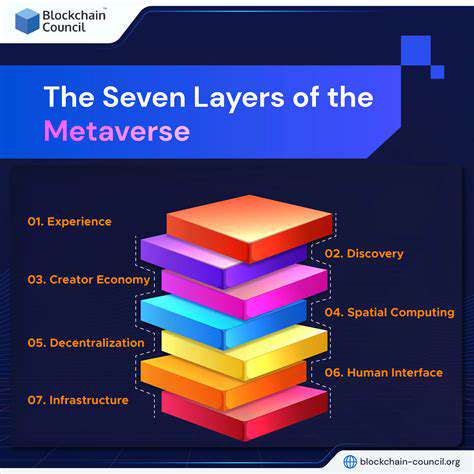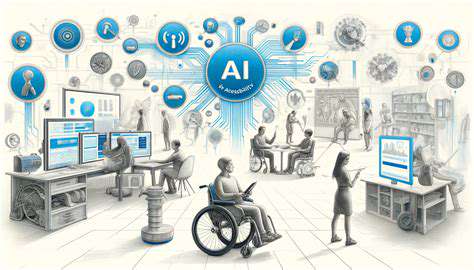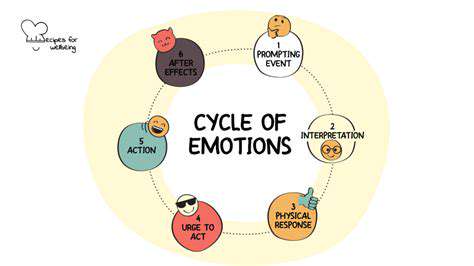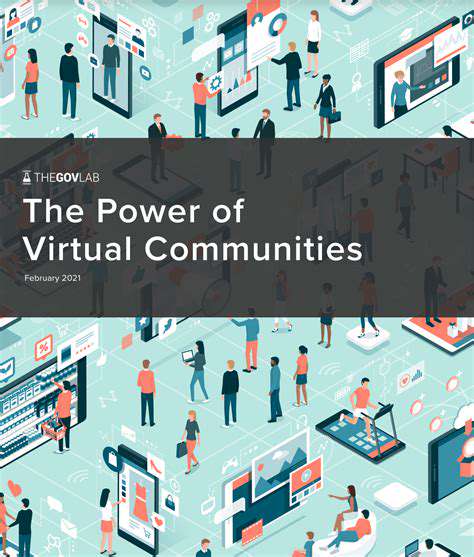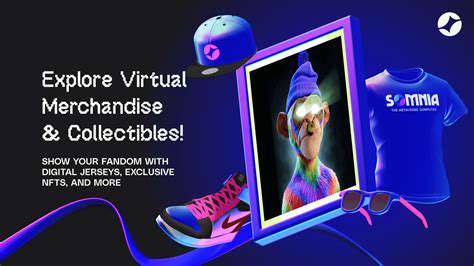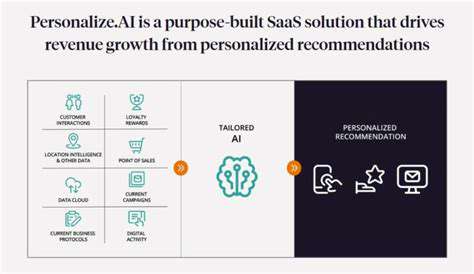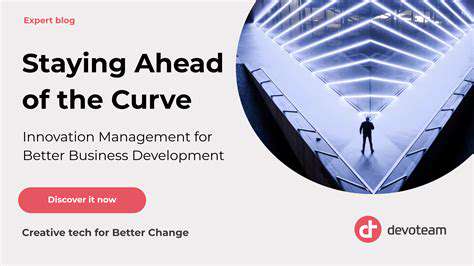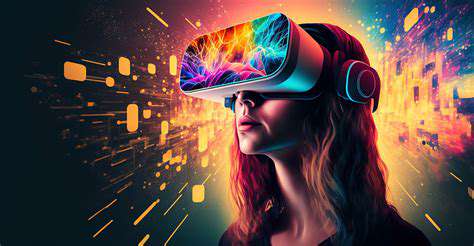The Intersection of Immersive Tech and Mental Wellness
Exposure Therapy and Phobia Treatment
VR transforms exposure therapy by eliminating geographical and logistical barriers. A patient with fear of flying no longer needs airport access - they can experience takeoffs, turbulence, and landings from their therapist's office. The virtual environment provides precise control over exposure intensity, something impossible with real-world scenarios. Therapists can pause simulations to discuss coping strategies or immediately repeat challenging segments. This precision accelerates progress while maintaining patient safety.
Social Skills Training and Practice
Social interaction simulations have become remarkably sophisticated. Virtual avatars now display nuanced facial expressions and respond dynamically to user input. Some systems even analyze speech patterns to provide feedback on conversation skills. These tools prove especially valuable for individuals with autism spectrum disorders or social anxiety. By practicing in VR first, they gain confidence before facing real social situations. The ability to replay interactions helps identify improvement areas without social consequences.
Pain Management and Chronic Illness
Medical applications of VR show particular promise for chronic pain sufferers. Immersive environments effectively distract the brain from pain signals through engaging multi-sensory experiences. Some hospitals now use VR during wound care or physical therapy to reduce perceived pain levels. AR overlays can guide patients through proper exercise form while displaying motivational feedback. These technologies offer drug-free alternatives that complement traditional pain management protocols.
Personalized Treatment and Accessibility
The scalability of VR/AR therapy addresses critical healthcare access issues. Rural patients can receive specialized treatment without travel through telehealth-VR hybrids. Customizable avatars allow cultural and linguistic personalization that improves engagement. Some systems even adapt scenarios based on biometric feedback like heart rate or eye tracking. As hardware costs decrease, these tools may democratize access to high-quality mental healthcare worldwide.
Personalized Experiences and Tailored Interventions

Tailored Solutions for Individual Needs
Modern businesses succeed by moving beyond one-size-fits-all approaches. Detailed customer analytics now drive hyper-personalized services across industries. Streaming platforms suggest content based on viewing history, while e-commerce sites customize product displays in real-time. This precision targeting increases conversion rates while reducing customer fatigue from irrelevant offers. In healthcare, personalized treatment plans using genetic data demonstrate how deeply customization can transform outcomes.
Customizing the Customer Journey
Sophisticated CRM systems now map entire customer lifecycles, identifying critical touchpoints for personalization. A travel website might remember a user's preference for window seats and early check-ins, automatically applying these to future bookings. Retailers send replenishment reminders timed to product usage cycles. Such anticipatory service creates seamless experiences that feel intuitive rather than intrusive. The most effective systems learn continuously, refining their personalization algorithms with each interaction.
Enhanced Engagement and Retention
Personalization's true value emerges in long-term customer relationships. Banks that analyze spending patterns can offer perfectly timed financial advice. Educational platforms adapt lesson difficulty based on learner performance. These dynamic adjustments create virtuous cycles where satisfied customers provide more data, enabling even better personalization. Companies mastering this feedback loop enjoy retention rates up to three times higher than industry averages.
Data Privacy and Ethical Considerations
With great personalization comes greater responsibility. Consumers increasingly demand transparency about data usage through clear privacy nutrition labels. Forward-thinking companies implement differential privacy techniques that preserve anonymity while maintaining service quality. Some now offer personalization preference sliders, letting users control how much data contributes to their experience. Building trust through ethical data practices has become a competitive advantage in itself.
The Future of Personalized Experiences
Emerging technologies promise even deeper personalization. Quantum computing could analyze complex behavioral patterns in real-time. Brain-computer interfaces may one day adjust environments based on neural activity. Already, AI predicts customer needs with startling accuracy - some systems suggest products before users realize they want them. As these technologies mature, the line between digital service and intuitive understanding will continue to blur.
Regular veterinary check-ups represent preventive healthcare at its finest. Catching health issues in early stages often means simpler treatments and better prognoses. This proactive approach benefits both pets' quality of life and owners' peace of mind.
Beyond Therapy: Fostering Mindfulness and Relaxation
Beyond the Clinical Setting: Integrating Mindfulness
Mindfulness has evolved from clinical intervention to lifestyle enhancement. Modern adaptations make ancient practices accessible in contemporary contexts. Office workers might use smartphone reminders for brief breathing exercises between meetings. Students could practice mindful listening during classroom discussions. The key lies in adapting techniques to fit naturally into existing routines rather than requiring separate practice time.
The Power of Relaxation Techniques
Evidence-based relaxation methods now incorporate technology for better results. Biofeedback devices measure physiological markers like heart rate variability, helping users visualize their progress. Mobile apps guide progressive muscle relaxation with customized session lengths. Some even use the phone's camera to detect tension through micro-expressions. These tools make relaxation training more engaging and measurable than traditional approaches.
Immersive Experiences and Mindfulness
The latest VR mindfulness apps create astonishingly realistic environments. Users can meditate on a virtual mountain peak at sunrise or practice breathing exercises alongside digital dolphins. Spatial audio enhances immersion with 360-degree nature sounds. Some systems track breathing patterns and adjust the virtual environment accordingly - slower breathing might calm ocean waves in the simulation. This sensory richness helps distract from intrusive thoughts more effectively than audio-only guidance.
Mindfulness in the Workplace
Corporate mindfulness programs have moved beyond trendiness to demonstrate measurable ROI. Tech companies report 30% reductions in sick days after implementing mindfulness initiatives. Some organizations install quiet pods where employees can recharge with guided meditations. Forward-thinking managers incorporate mindful listening techniques into meeting protocols. When properly implemented, these practices create cultures where focus and creativity flourish.
Mindfulness and Creativity
Creative professionals increasingly use mindfulness to overcome blocks. Writers practice free writing meditation to bypass inner critics. Designers use walking meditation to stimulate spatial thinking. The common thread involves quieting the analytical mind to access deeper creative reserves. Some studios now begin brainstorming sessions with brief mindfulness exercises, finding they generate more original ideas.
The Role of Nature in Promoting Relaxation
Scientific research confirms nature's profound impact on stress reduction. Urban planners now incorporate biophilic design principles into public spaces. Hospitals feature healing gardens for patients and staff. Even brief exposure to nature imagery can lower cortisol levels, explaining the popularity of nature soundscapes in offices. This research validates what humans have intuitively known for millennia - nature heals.
Accessibility and Inclusivity in Mindfulness Practices
Innovators are dismantling barriers to mindfulness access. Apps now offer sessions in hundreds of languages and dialects. Community centers host sliding-scale meditation classes. Some developers create mindfulness tools for neurodiverse individuals, with customizable sensory inputs. These efforts recognize that well-being shouldn't depend on privilege. The most effective programs meet people where they are, both literally and figuratively.
